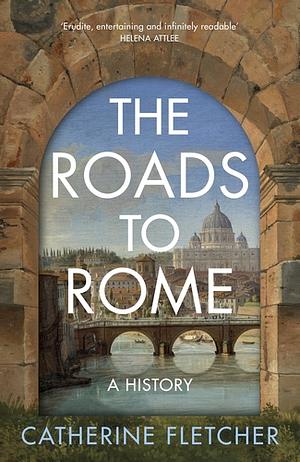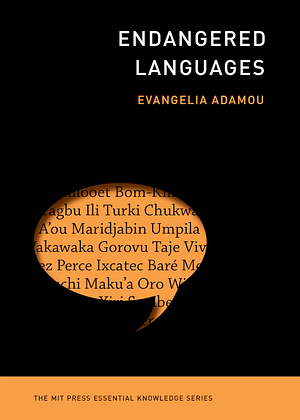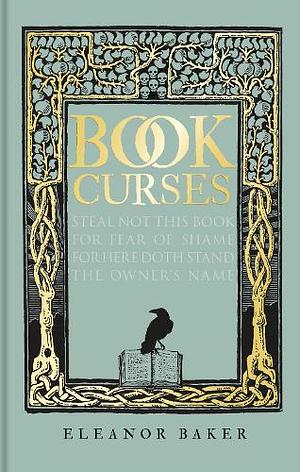
The Roads to Rome
by Catherine Fletcher
Genres: History, Non-fictionPages: 400
Rating:

Synopsis:Inspired by original research and filled with color and drama, this is an exploration of two thousand years of history as seen through one the greatest imperial networks ever built.
"All roads lead to Rome” is a medieval proverb, but it's also true: today's European roads still follow the networks of the ancient empire—and these ancient roads continue to grip our modern imaginations as a physical manifestation of Rome’s extraordinary greatness.
Over the two thousand years since they were first built, these roads have been walked by crusaders and pilgrims, liberators and dictators, but also by tourists and writers, refugees and artists. As channels of trade and travel—and routes for conquest and creativity—Catherine Fletcher reveals how these roads forever transformed the cultures, and intertwined the fates, of a vast panoply of people across Europe and beyond.
The Roads to Rome is a magnificent journey into a past that remains intimately connected to our present. Traveling from Scotland to Cádiz to Istanbul and back to Rome, the reader meanders through a series of nations and empires that have risen and fallen. Along the way, we encounter spies, bandits, scheming innkeepers, a Byzantine noblewoman on the run, young aristocrats on their Grand Tour, a conquering Napoleon, John Keats, the Shelleys, the abolitionist Frederick Douglass, and even Mussolini on his motorbike.
Reflecting on his own walk on the Appian Way, Charles Dickens observed that here is "a history in every stone that strews the ground.” Based on vibrant original research, this is the first narrative history to tell the full story of life on the roads that lead to Rome.
Catherine Fletcher’s The Roads to Rome was a miss for me. It took me months to read, slowly, because something about the style or content was just completely undigestible for me — I literally couldn’t remember what I’d just read, more than half the time. I couldn’t put my finger on what exactly it is about it, but I just couldn’t retain any of it. Take this with a pinch of salt: maybe it’s just me.
Ostensibly, the subject is fascinating to me, but I think part of the problem is the format: it’s partly Fletcher’s own travelogue and thoughts about her own travel, about which I couldn’t possibly care less. The history gets unspooled in disconnected snippets, surrounded by her comments on her hotels and train trips. Yawn.
It also moves from discussing the Roman Empire toward more modern stuff, which… if I could retain any of it, would fill a gap in my knowledge about Fascist Italy, but I doubt I’ll remember.
All in all, should probably have just not finished it. Oh well.
Rating: 1/5













